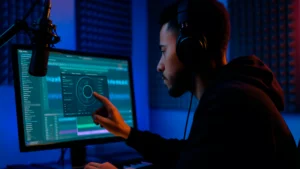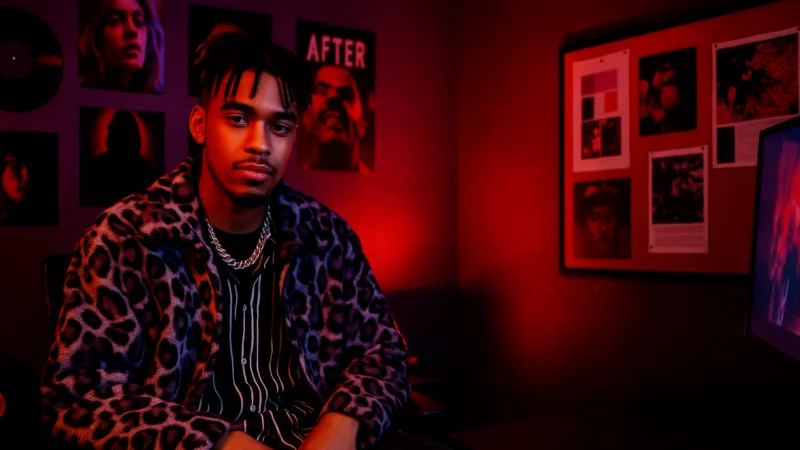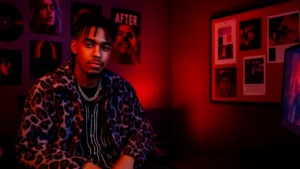
How to Use Autotune Properly: A Quick Guide for Artists
Learn how to use autotune the right way with practical tips for artists. Discover how to get a pro sound at home and avoid common mistakes.
Think of your favorite artists.
You can probably picture their style, their logo, their aesthetic — even without hearing the music.
That’s the power of artist branding.
In a world where thousands of songs drop every day, your visual identity is what makes you recognizable, memorable, and marketable. It helps fans connect with your vibe before they even press play.
In this post, we’ll break down:

Artist branding is more than just a logo or a cool font.
It’s the visual language that represents your sound, your message, and your personality. It includes:
A strong brand does three things:
Without branding, you’re just another artist in the scroll.
Before you think of colors or visuals, get clear on who you are as an artist.
Ask yourself:
Write down some keywords or phrases that define your vibe.
For example: “dark, vulnerable, futuristic, raw, cinematic.”
These words will guide every design choice going forward.
Colors say a lot. They trigger emotions and give off immediate aesthetic cues.
Stick to 2–3 main colors and use them in:
? Use tools like Coolors or Adobe Color to generate palettes.
Not every artist needs a logo — but having one can elevate your branding.
If you want something simple:
Your logo becomes a visual tag that connects all your releases.
This is where most artists fail.
Branding is not just about creating visuals — it’s about repeating them consistently.
Make sure your:
Even if you’re using different photographers or designers, share your brand keywords, color palette, and visual references with them — to keep everything cohesive.
Your brand isn’t a cage.
It’s a frame.
As your music grows, your style can too — but evolve it intentionally.
Your fans should still recognize you in every new drop.
Let’s look at artists who have nailed this:
You already have a sound.
Now give it a face — one that fans can recognize, connect with, and share.
Good branding doesn’t just attract attention.
It builds legacy.
Want help translating your vibe into visuals and strategy?
Check out my artist development and branding services — I help artists craft the sound, look, and message that makes them unforgettable.

Learn how to use autotune the right way with practical tips for artists. Discover how to get a pro sound at home and avoid common mistakes.

Create a visual identity as an independent artist. Learn key artist branding strategies to stand out, connect with fans, and grow your career

Discover how email marketing helps musicians grow streams and connect with fans directly — even with a small list.

Learn 5 essential mixing tips for beginners and improve your home studio sound with free plugins, EQ, compression, and more.